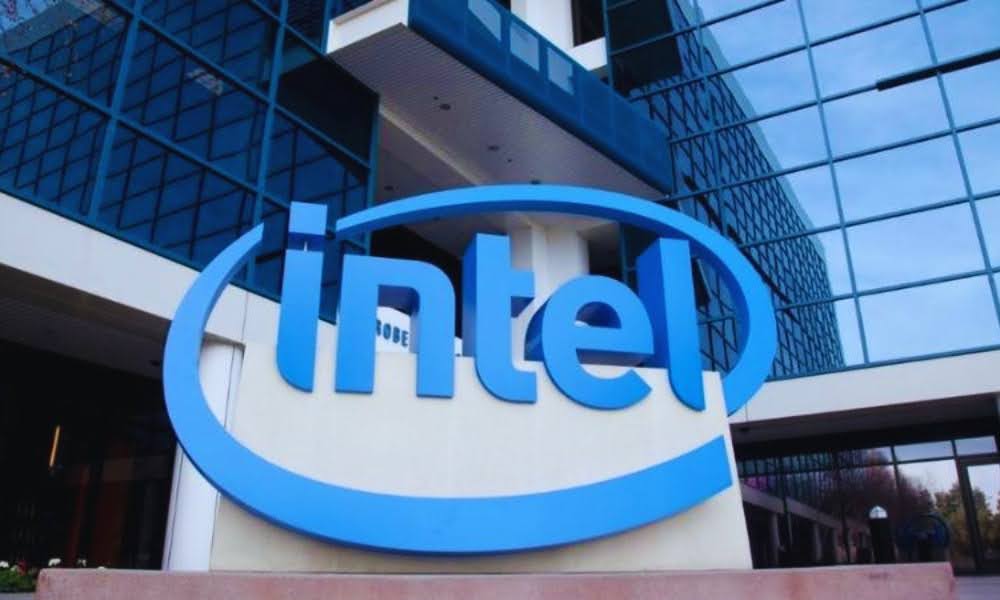Microsoft Offers Payout to Underperformers as Alternative to Performance Improvement Plans

Microsoft has introduced a new approach to dealing with underperformance among its staff.
Employees who are identified as low performers are now being given a choice—either accept a severance payout and leave the company voluntarily or enter a performance improvement plan (PIP), which could eventually lead to termination.
According to a report by Business Insider, this policy aims to tighten Microsoft’s performance management system and accelerate the exit process for employees not meeting expectations.
Severance Offer to Exit Voluntarily
As part of this new initiative, Microsoft is offering 16 weeks of pay to employees flagged for underperformance—provided they choose to resign voluntarily.
Those who receive this offer have only five days to make a decision. If they opt to begin the PIP process instead, they forfeit the severance package.
Amy Coleman, Microsoft’s new Chief People Officer, addressed the policy in an internal email, stating, “This performance improvement process is available year-round so you can act quickly to transparently address performance issues, while offering employees choice.”
Two-Year Rehire Ban and Transfer Restrictions
The email further explained that affected employees could either participate in the PIP or accept a “global Voluntary Separation Agreement (GVSA).”
However, the consequences for entering or completing a PIP extend beyond immediate termination risks. Employees who either leave during or after the PIP—or who receive the lowest performance scores—will face a two-year ban from being rehired by Microsoft.
Additionally, these employees will not be eligible for internal job transfers.
The policy clearly states: “Employees with zero and 60 per cent Rewards outcomes and/or on an active PIP will not be eligible for internal transfers. Former employees who left with zero or 60 per cent Rewards or during/after a PIP will not be eligible for rehire until two years after their termination date.”
Comparisons with Amazon’s “Pivot” Program
Microsoft’s approach has drawn comparisons to Amazon’s controversial “Pivot” program. Amazon also offers severance packages to low performers but has faced criticism for prioritizing staff exits over employee development.
Critics argue that such systems focus more on achieving termination targets than on genuinely supporting workers to improve.
In defense of its own model, Amazon has claimed, “This includes resources for employees who are not meeting expectations and may require additional coaching.”
Following Industry Trends
Microsoft is not the only tech company to adopt stricter performance management. Earlier this year, Meta, under CEO Mark Zuckerberg, undertook a significant round of layoffs that affected thousands of employees.
Many of the impacted staff were placed on internal “block lists” to prevent rehiring.
Now, Microsoft appears to be adopting a similar stance. While the company has not made a public statement on the matter, the internal communication reflects a strategic shift toward maintaining a high-performance workforce.
Legal Variations Across Countries
While the policy is currently being rolled out, it’s worth noting that its application might differ in countries outside the United States due to varying labor laws.
These differences could impact how the performance improvement process and severance options are administered internationally.
Employees Given Just Five Days to Decide
One notable element of the policy is the limited decision window—just five days.
Employees must decide quickly whether to accept the payout or attempt to improve through the PIP, a move that underscores the urgency and seriousness of Microsoft’s stance on performance.
A Tough Message: Perform or Leave
This policy marks a significant change in how Microsoft deals with underperformance. Employees now face a stark message: meet expectations, or prepare to leave.
By giving them a narrow window to choose and attaching long-term consequences like rehire bans, Microsoft is signaling its commitment to a leaner, more efficient workforce.
As tech companies increasingly aim to streamline operations, such aggressive strategies are becoming more common.
With this move, Microsoft joins the growing list of firms that are restructuring their talent pool by targeting underperformance head-on.









